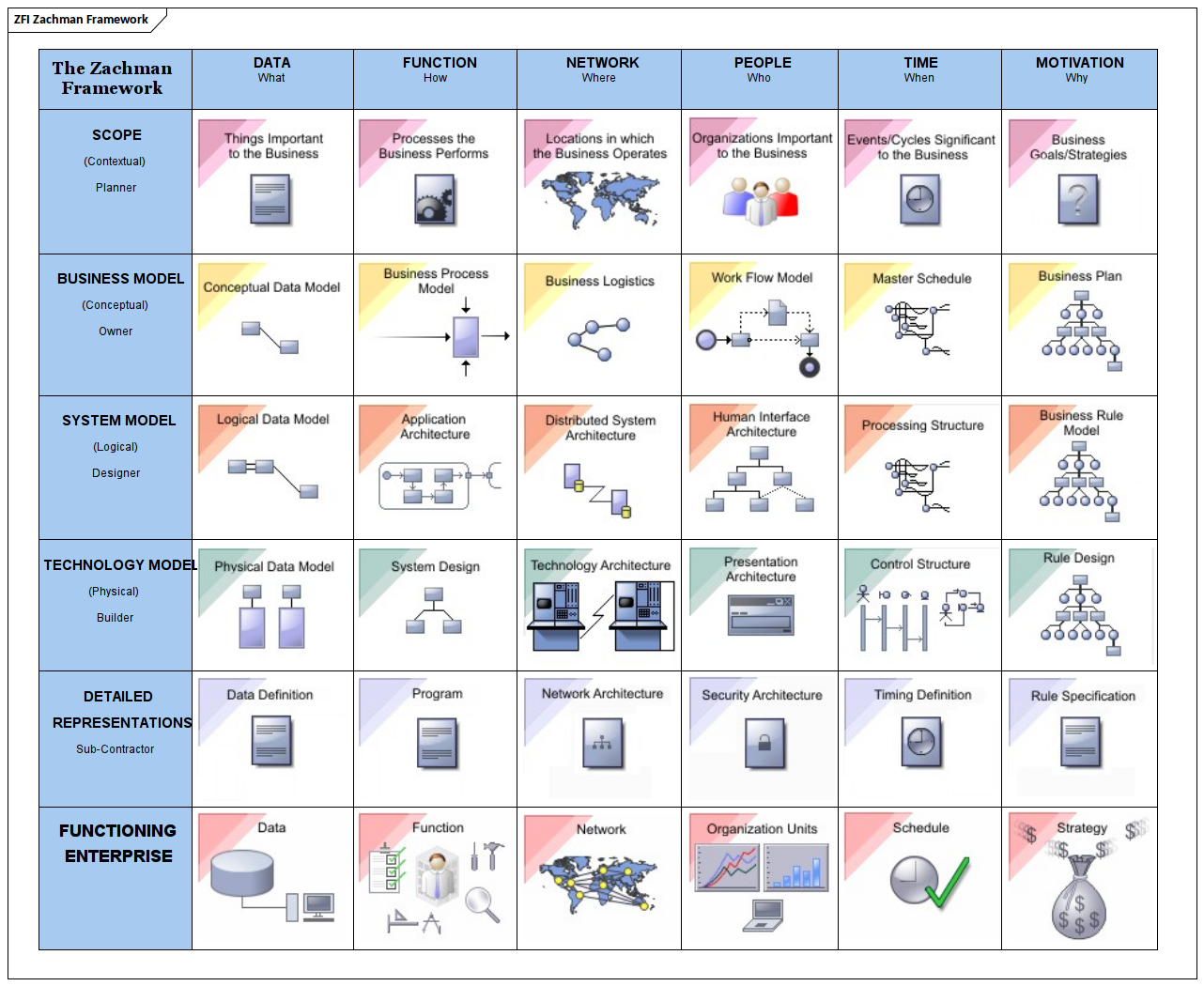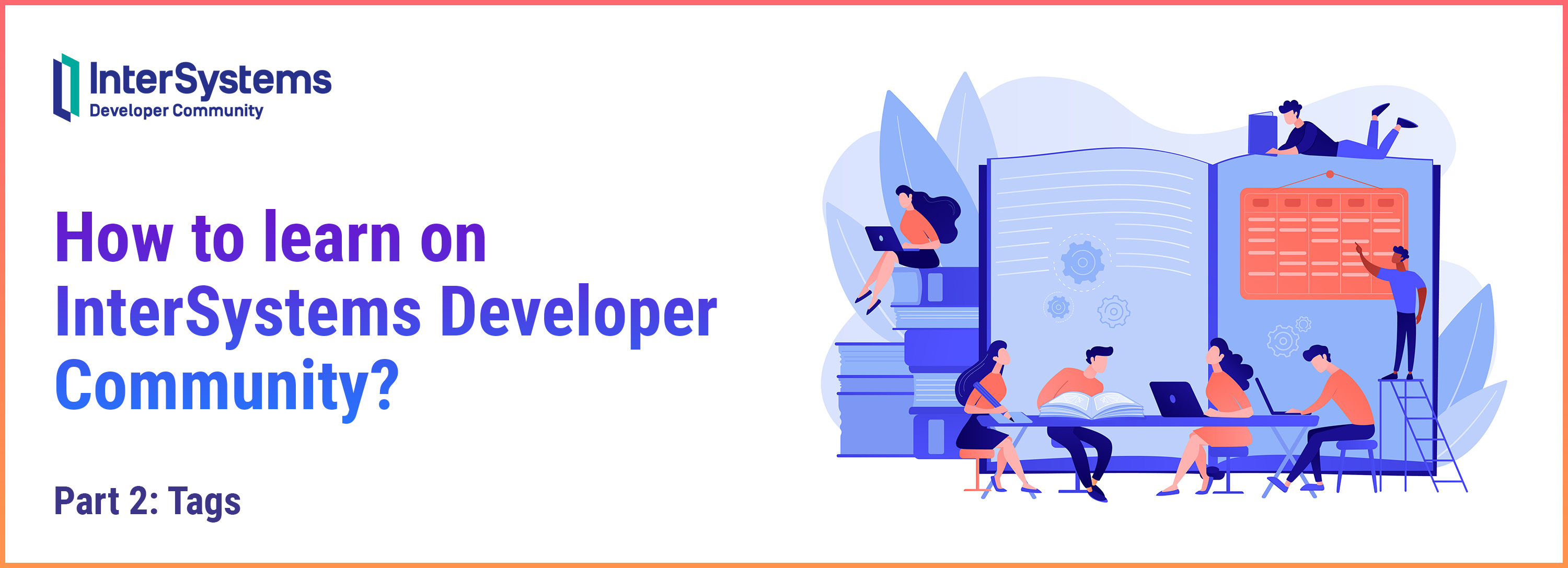Fixing the terminology
A robot is not expected to be either huge or humanoid, or even material (in disagreement with Wikipedia, although the latter softens the initial definition in one paragraph and admits virtual form of a robot). A robot is an automate, from an algorithmic viewpoint, an automate for autonomous (algorithmic) execution of concrete tasks. A light detector that triggers street lights at night is a robot. An email software separating e-mails into “external” and “internal” is also a robot. Artificial intelligence (in an applied and narrow sense, Wikipedia interpreting it differently again) is algorithms for extracting dependencies from data. It will not execute any tasks on its own, for that one would need to implement it as concrete analytic processes (input data, plus models, plus output data, plus process control). The analytic process acting as an “artificial intelligence carrier” can be launched by a human or by a robot. It can be stopped by either of the two as well. And managed by any of them too.




.png)

.png)
.png)
